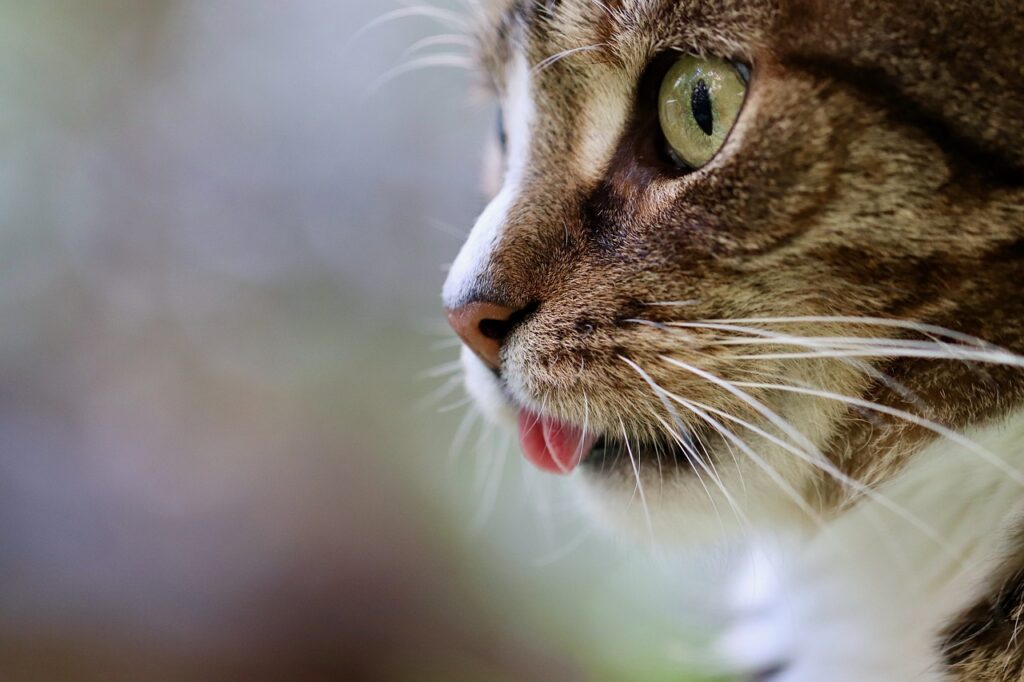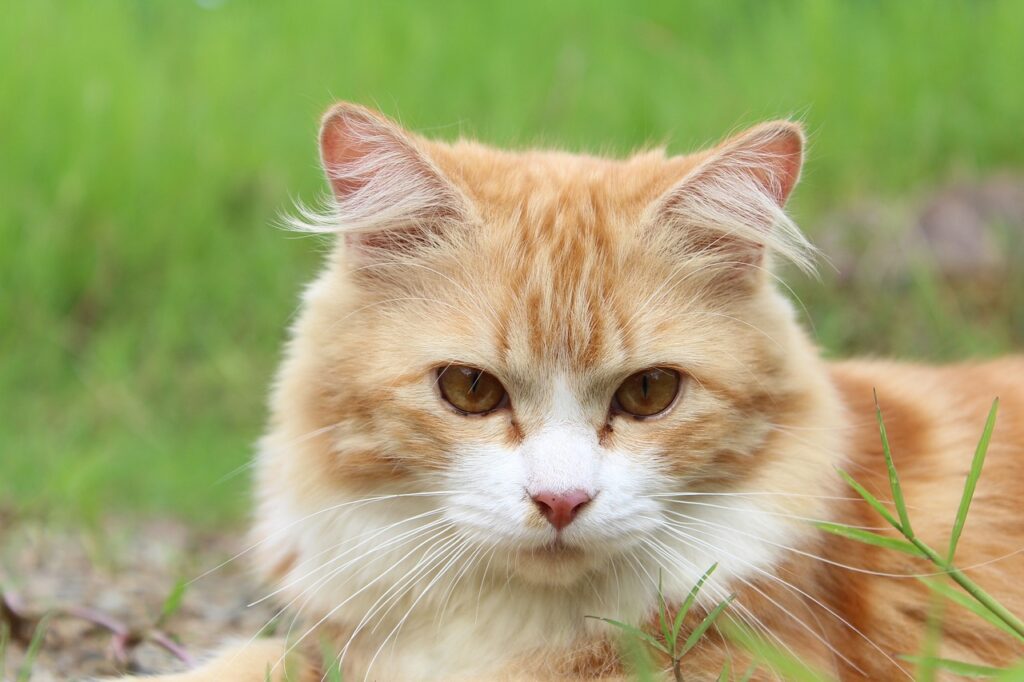Can Cats Eat Custard? – No, They can’t
Cats should steer clear of custard. Though it’s not toxic, custard is far from a feline-friendly treat. Custard typically contains milk and sugar, two ingredients that aren’t ideal for your pet’s diet. Adult cats often lose the ability to digest lactose, making dairy products a potential source of discomfort and digestive upset. The sugar content in custard can lead to obesity and diabetes, neither of which are part of a happy, healthy life for your kitty.
Can Kittens Eat Custard?
No, kittens should not eat custard either. Their young digestive systems are even more sensitive than those of adult cats. While kittens do consume their mother’s milk, the lactose in cow’s milk featured in custard can be difficult for them to digest after they’ve been weaned. This can lead to gastrointestinal distress and diarrhea, conditions that can quickly dehydrate and harm a developing kitten.
Things to consider when feeding custard to kittens?
It’s paramount to consider the potential health risks such as lactose intolerance and the high-sugar content that can harm a kitten’s growth. A balanced diet formulated specifically for kittens is the best way to ensure healthy development.
Nutritional Benefits of Custard for Cats – Why Cats can’t have Custard
1
Unfortunately, there aren’t significant nutritional benefits in custard for cats. Custard is primarily a dessert for humans and does not align with a cat’s dietary needs.
2
While eggs in the custard could be considered a source of protein, the cons of the accompanying dairy and sugar outweigh any potential benefits.
3
Some custard recipes include vanilla extract, which contains alcohol and can be toxic to cats. So even as a rare treat, custard should be avoided.
4
There are no additional nutrients in custard that would be advantageous to a cat’s diet when considering their overall health profile.
5
Custard doesn’t provide the taurine that cats require, which is an essential amino acid found in meat products necessary for feline health.
Potential Allergies: Can Cats Be Allergic to Custard?
Cats can indeed show adverse reactions to components found in custard, such as dairy or certain preservatives and sweeteners used in commercial custards.
Symptoms of Custard Allergies in Cats
- Gastrointestinal Upset: Watch for symptoms such as vomiting or diarrhea, which could indicate a reaction to the dairy in custard.
- Skin Reactions: Though less common from food, allergic reactions can sometimes manifest as itchy skin or fur loss.
- Respiratory Issues: On rare occasions, allergens can cause respiratory symptoms like sneezing or coughing.
What to Do If Your Cat Shows Symptoms?
- Consult Your Veterinarian: If you notice any signs of allergies, it’s crucial to get professional advice.
- Eliminate the Allergen: Stop feeding your cat custard, and follow your vet’s guidance on diet to avoid allergy triggers.
- Monitor Their Health: Keep an eye on your cat’s health and behavior following any dietary changes recommended by a professional.
Recommended Amount: How Much Custard Can a Cat Consume?
In truth, there is no recommended amount for custard in a cat’s diet. Cats are obligate carnivores and their nutrition should come from a high-protein, meat-based diet, not sugary, dairy-based products like custard.
Things to Consider When Feeding Custard to Cats
Feeding cats custard is not advised; therefore, instead of considering how much to give them, focus on providing a balanced diet suited to their carnivorous needs.
How to Feed Custard to Cats: A Quick Guide
Based on the information provided, it’s clear that custard is not an appropriate food for cats. Therefore, treating your cat with custard is not just unnecessary but potentially harmful. It’s best to stick with treats made specifically for cats which contain the nutrients they need to be healthy.
Cat-Friendly Treat Alternative 1
Consider a small spoonful of plain, unsweetened pumpkin puree as a healthier treat. It’s a source of fiber that can aid digestion.
Cat-Friendly Treat Alternative 2
Offer cooked, unseasoned meat like chicken or turkey, in small amounts as a high-protein snack.
Cat-Friendly Treat Alternative 3
Add a sprinkle of fortified nutritional yeast, also known as “nooch,” over their regular food for a vitamin B boost and a cheesy taste without the lactose.
Conclusion
While custard might seem like a tempting treat for your feline friend, it’s crucial to remember that what’s tasty for humans isn’t always suitable or safe for cats. They have distinct nutritional needs that custard does not meet, and it may cause health issues. It’s always best to provide snacks and meals formulated for cats to keep them healthy and happy.



